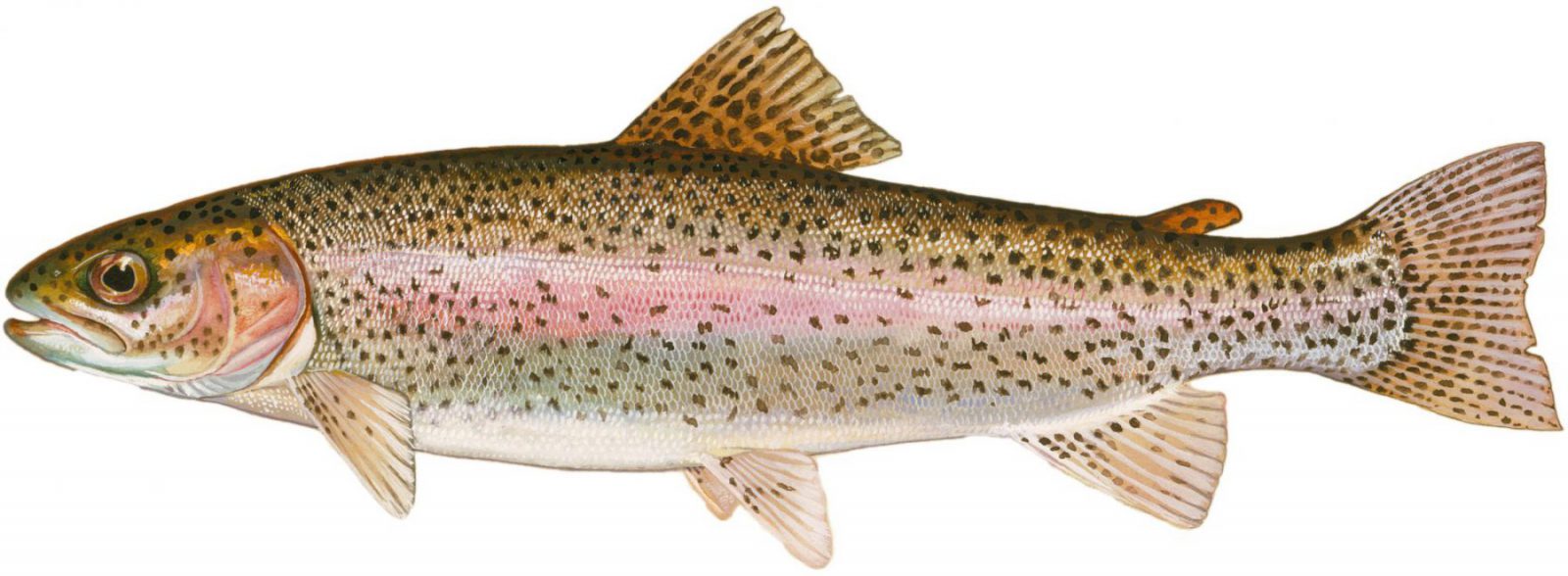The lake trout
Scientific name: salmo trutta
Size (length): 25 to 100 cm
Conservation status: stable – minor concern
Habitats: All across Canada except Yukon and Northwest Territories
Lake trout live in deep, clean and well oxygenated waters.
Its growth is slow, the trout reaches maturity late. As a result, it is highly vulnerable to overfishing.
In Quebec, trout fishing is better in the summer, because it is the time when fish pass just above the thermal line to feed.
Lake trout is easy to find if you know the right tactics. They are generally found in large numbers and of various sizes, but they can reach more than 30 pounds in Quebec!
Lake trout is a very versatile species. It is difficult to locate it. We therefore recommend that you use spoon lures to maximize your chances.
Threats :
Wild trout populations are threatened by a variety of factors:
- water pollution to which trout are considered very sensitive, particularly when it reduces the oxygen content in the water
- artificialization of watercourses, often associated with the destruction or degradation of spawning grounds and habitats favourable to wild salmonids (wood jams, banks and bottoms rich in caches and microhabitats, riparian areas, etc.)
- certain diseases (parasitosis, bacterial and viral diseases) that can be favoured by water pollution, and inbreeding, sources of immune depression
- artificial obstacles to trout migration (large dams and thresholds or other impassable dams, discharges of warm and/or very oxygen-depleted waters, discharges of repellent or toxic substances for trout) hinder their circulation between growth and reproduction areas, and may prevent or hinder the natural recolonisation of certain rivers
- genetic pollution, depletion of genetic variability, and certain hybridizations (in particular those detectable by electrophoresis), after the escape of fish farm animals or following restocking introductions.
This modification of the genetic heritage of local strains is often induced by the dumping of trout from very different regions (northern Europe for example, Atlantic strain in the Mediterranean region).

